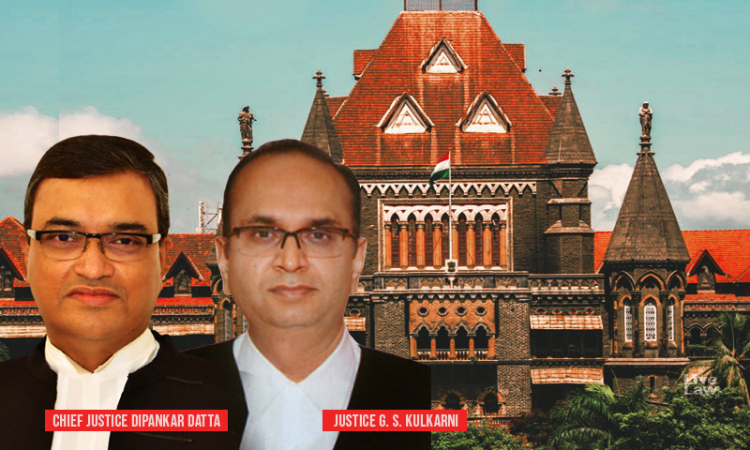What Kind Of Reporting Amounts To 'Media Trial'? Bombay High Court Gives Guidelines
Live Law News Network
18 Jan 2021 9:31 PM IST

Next Story
18 Jan 2021 9:31 PM IST
The Bombay High Court on Monday in its 251-page judgement on a clutch of PILs regarding 'media trials' in the Sushant Singh Rajput death case, observed that the media ought to avoid reports touching upon an ongoing investigation and present facts which are in public interest rather than "what, according to the media, the public is interested in." The division bench of Chief...
